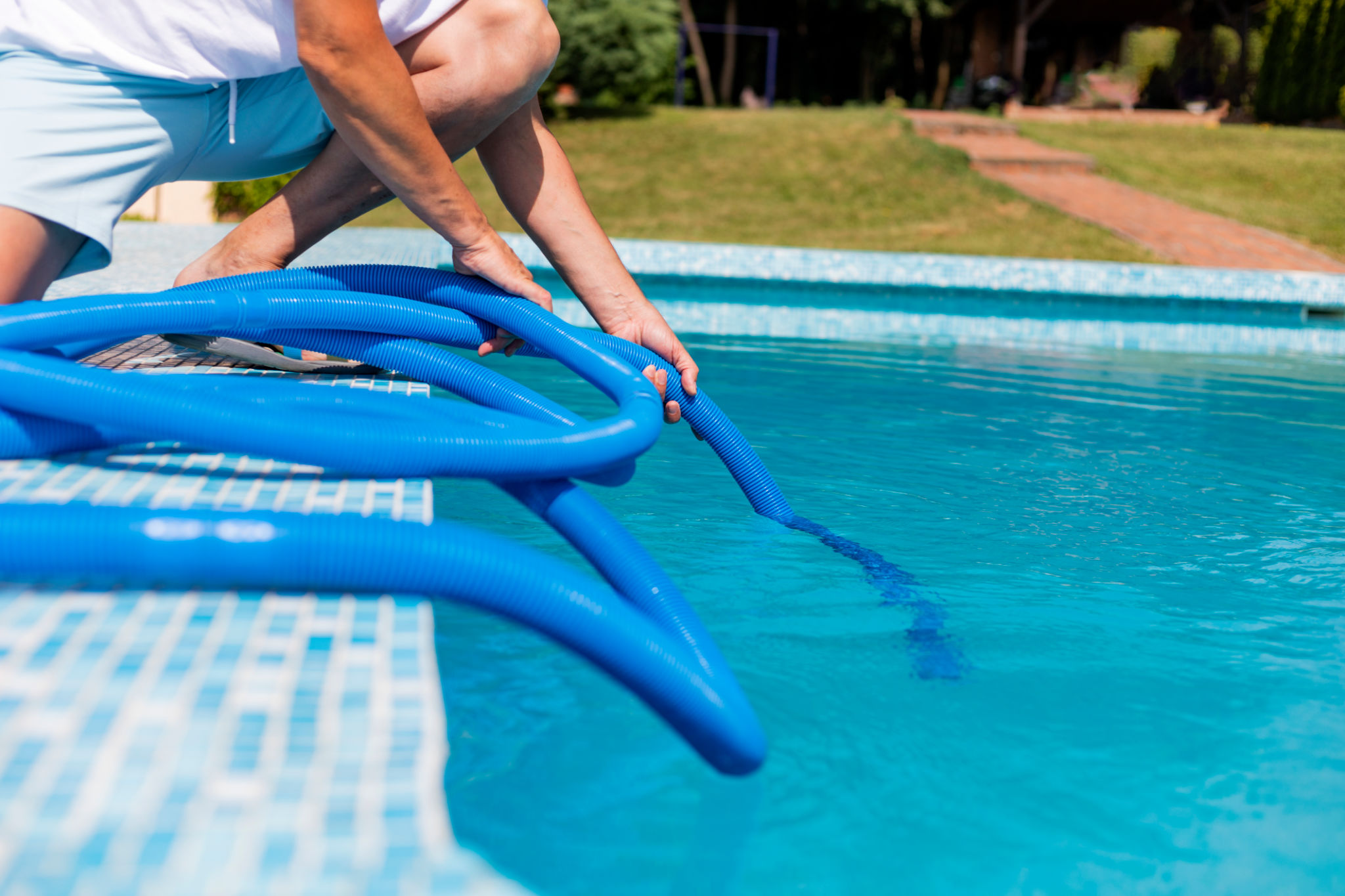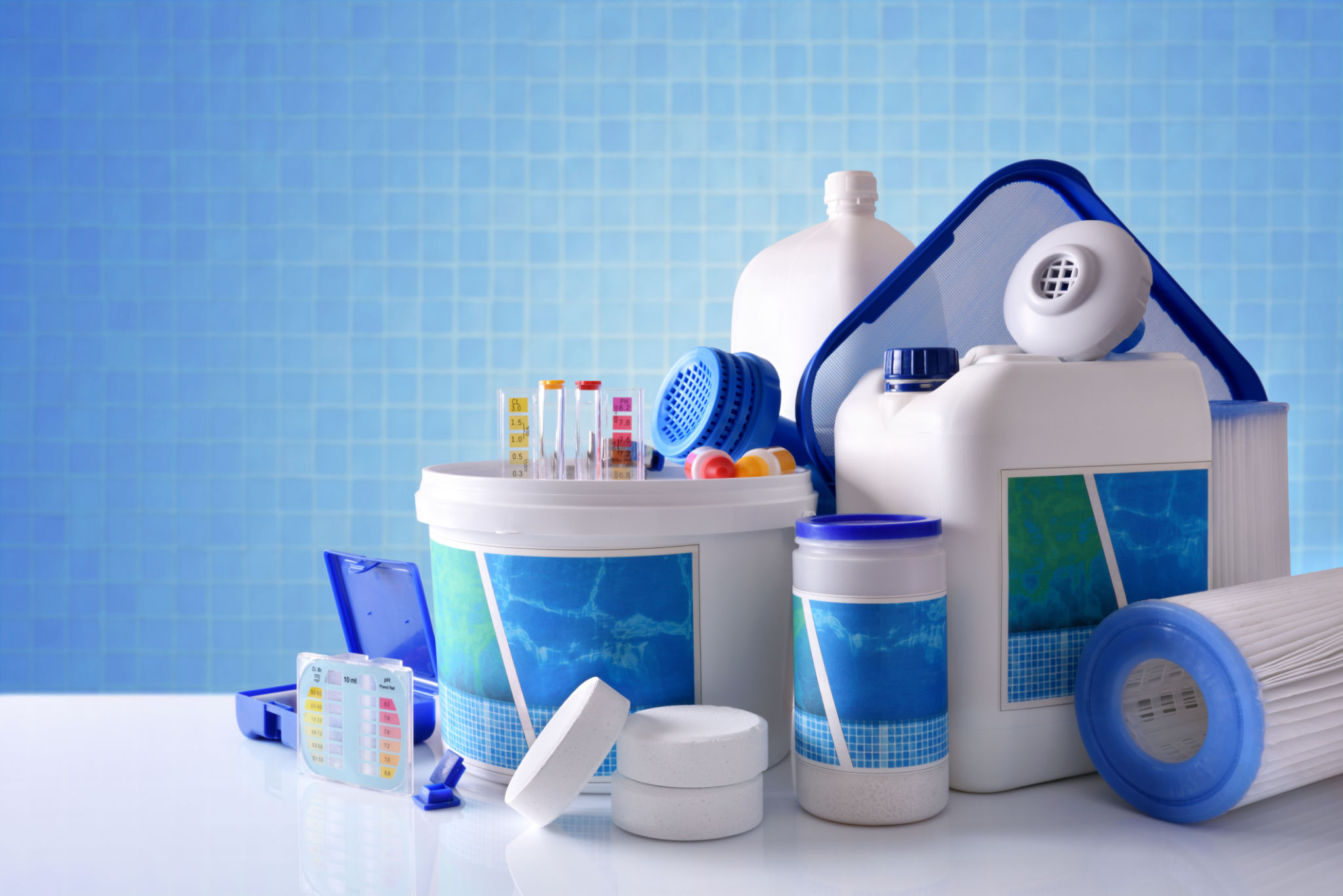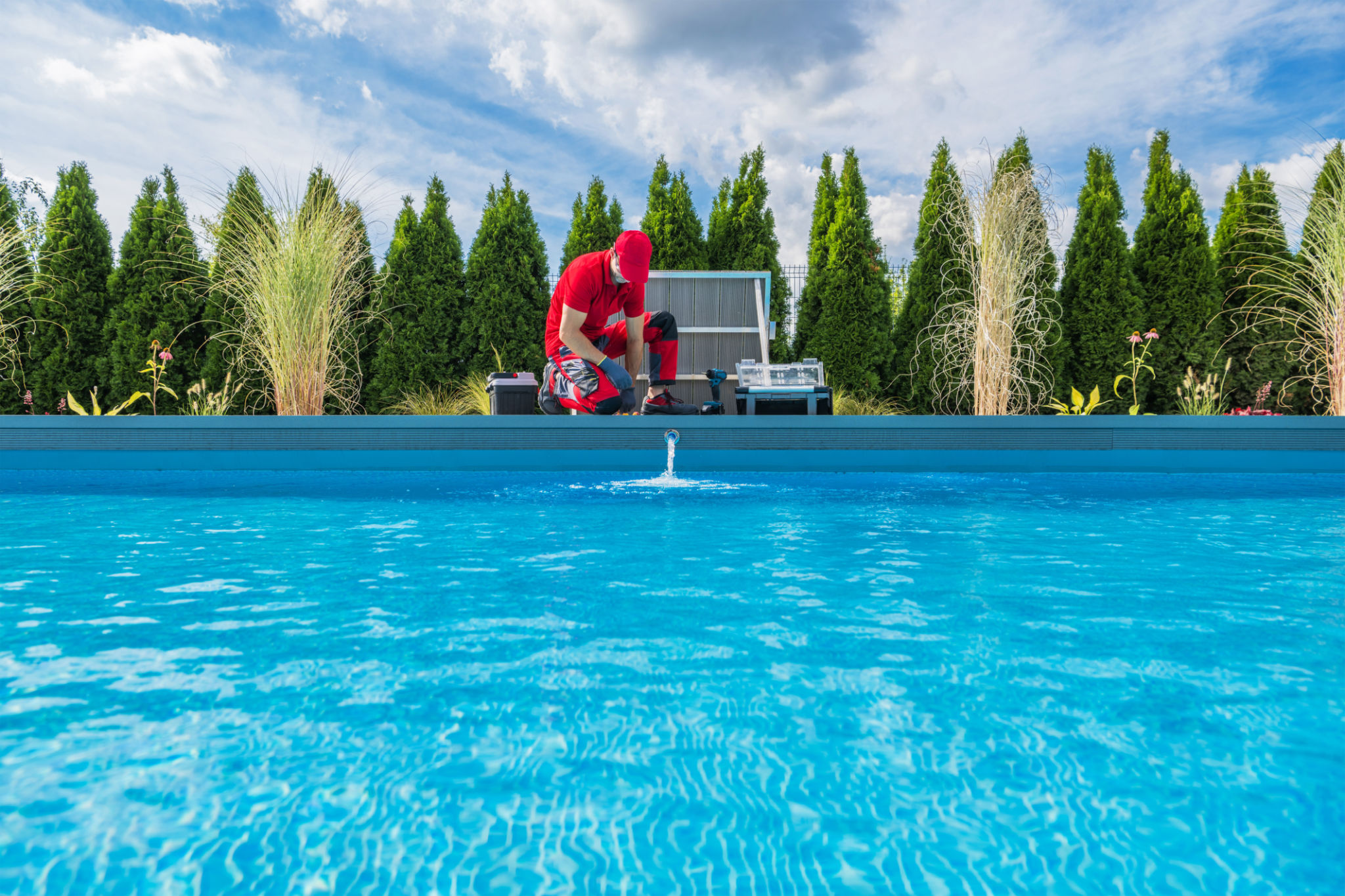DIY Pool Cleaning: Tips and Tricks for Homeowners
TS
Understanding Your Pool's Needs
Maintaining a clean pool is essential for both aesthetic appeal and health reasons. A sparkling pool enhances your outdoor space and provides a safe environment for swimming. Understanding the specific needs of your pool is the first step in effective DIY pool cleaning.
Different pools require different cleaning schedules and treatments based on factors such as size, usage, and surrounding environment. Whether your pool is an in-ground model or an above-ground type, understanding its unique requirements will help tailor your cleaning routine effectively.

Essential Tools for Pool Cleaning
To keep your pool in top condition, having the right tools is crucial. Here’s a list of must-have equipment for any DIY pool cleaner:
- Skimmer Net: Perfect for removing leaves and debris from the surface of the water.
- Pool Brush: Ideal for scrubbing walls and floors to prevent algae buildup.
- Vacuum: Essential for thorough cleaning of the pool floor.
- Water Testing Kit: Helps maintain balanced chemical levels.
Investing in quality tools will save you time and effort in the long run, ensuring your pool remains pristine.
Chemical Balance and Water Testing
Maintaining the right chemical balance is crucial for the safety and clarity of your pool water. Regularly testing and adjusting the pH, chlorine, and alkalinity levels will prevent bacteria growth and other issues.
A water testing kit is a handy tool that allows you to quickly assess the chemical levels in your pool. Ideally, you should test your pool water at least once a week during the swimming season. Adjustments can then be made using appropriate chemicals to keep everything balanced.

Regular Skimming and Vacuuming
Skimming the surface of your pool daily is a simple yet effective way to keep it clean. Removing leaves, bugs, and other debris prevents them from sinking to the bottom and becoming more difficult to remove later.
Vacuuming your pool on a weekly basis is equally important. Whether you use a manual or automatic vacuum, this process helps eliminate dirt and debris from the pool floor, ensuring a clean swimming environment.
Brushing and Scrubbing Techniques
Brushing your pool’s walls, steps, and floor is necessary to prevent algae buildup. Depending on your pool type, you may need a specific brush—nylon brushes for vinyl or fiberglass pools, or steel brushes for concrete.
A regular scrubbing schedule helps keep surfaces smooth and free from stains or algae. Aim to brush your pool at least once a week to maintain its cleanliness and longevity.

Troubleshooting Common Issues
No matter how diligent you are with maintenance, issues can arise. Cloudy water, algae growth, and unpleasant odors are common problems that can occur in any pool.
If you encounter cloudy water, check your filter system and chemical levels. Algae can be tackled with shock treatments and brushing. Keeping a close eye on your pool’s condition will help you address these issues promptly and prevent them from escalating.
Seasonal Pool Care Tips
As seasons change, so do the needs of your pool. In spring and summer, more frequent cleaning may be necessary due to increased usage and pollen in the air. Conversely, during fall and winter, you may need to focus more on covering your pool to protect it from debris and temperature changes.
Adjusting your cleaning routine according to seasonal demands will ensure your pool remains in excellent condition year-round.
Conclusion: Enjoying a Clean Pool Year-Round
By incorporating these DIY tips and tricks into your regular routine, you can enjoy a sparkling clean pool throughout the year. Consistency is key; regular maintenance not only keeps your pool looking great but also extends its lifespan.
Remember, a well-maintained pool is a happy pool. Dive into the satisfaction of knowing your efforts keep it safe and inviting for family and friends.